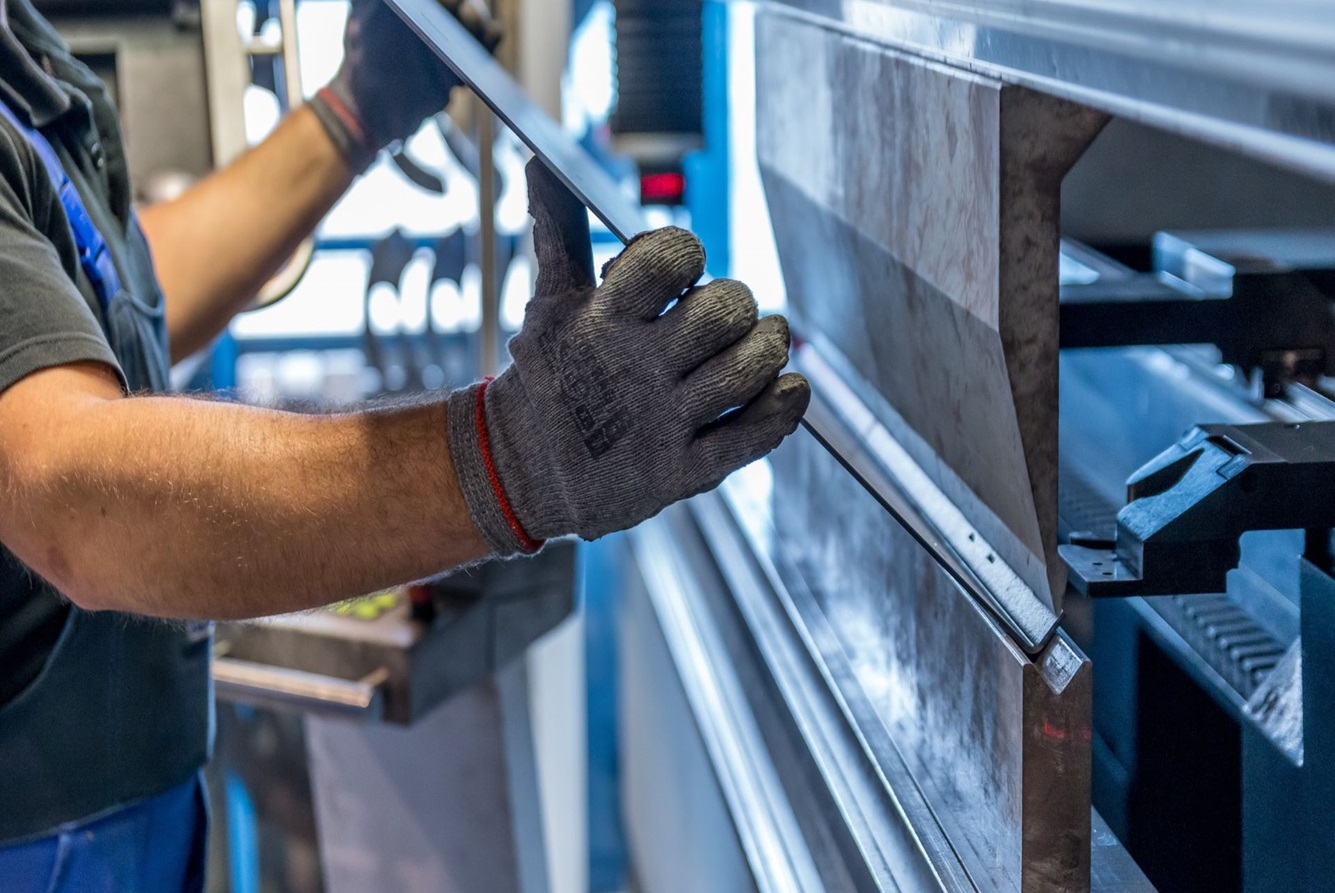

Have you ever wondered how holes are created in any metal sheet? Metals are hard and even harder to cut, punch, or saw. Then how are these holes created?
If you don’t belong to the metal industry, you might not be aware of the sheet metal punching process.
Every industry uses this process as it is an indispensable one. For creating holes, cutouts, and carving any shapes in the metal, sheet metal punching is used. Different metal working tools are used to punch sheet metal.
This blog will teach you about sheet metal punching and which machines are used.
Sheet metal punching is the process of creating holes, cutouts, or shapes in a metal sheet. It requires shear force to ensure that precise and accurate holes are carved. Generally, a punch and die set is used, wherein a metal sheet is kept between both, and the punch carves a shape.
People are often confused between the two terms as both are applied for removing metal from a metal sheet.
There is a clear distinction between both. Metal punching is applied to remove undesired material within the perimeter of the sheet metal. On the other hand, metal notching removes material from the sheet’s perimeter.
While both processes remove metal from the sheet, their uses and applications differ.
There are different metal punching machines which are used in various operations and settings:
CNC Metal Punching: This is a modern method of sheet metal punching, where computer-programmed machinery undertakes the task. These machines are known for their precision and the ease with which they can create complex shapes for large-scale production.
Hydraulic Punch Press: A hydraulic punch press uses hydraulic power to create holes and cutouts in sheet metal. These machines can easily punch thicker materials and are used in heavy-duty applications.
Pneumatic Punch Press: A pneumatic punch press uses compressed air to generate the shearing force. These are lightweight machines used in smaller workshops. These machines are generally used for DIY and small-scale operations.
Hand-Powered Machines: Hand-powered machines can be completely manual or electric-powered. They require the skills of an expert to carve holes in a sheet. They are used for manual tasks and are not suitable for large-scale operations. Also, they are portable, which is an added benefit.
Laser Punching Machines: Laser technology is widely used in metal fabrication. It is also used in metal punching, wherein a high-powered laser creates precise and accurate holes without creating burred edges or wasting material.
Turret-Punch Press: These machines have a rotating punch with multiple tools that can carve different shapes without switching the machine. In the manufacturing industry, where time is of the essence, these machines ease operations.
Here is a common punching process for different machines discussed above:
Material Loading: This is the first step, wherein a metal sheet is loaded on the punch bed. Even in manual punching, material loading is required, whether you keep the metal on a table or a proper punching press.
Positioning and Clamping: The metal sheet must be positioned and clamped down for accurate punching at the desired points. During punching, as the shear force is applied, the metal might slip or jump, risking the safety of the workers and the machine. Thus, clamping is very crucial. In automatic machines, the metal sheets are often positioned and clamped by the machine itself.
Programming the Machine: This step is used for every other machine besides hand-powered machines. Be it CNC, laser, or turret punch, the program is fed to the computer so desired holes and shapes are punched.
Punching: This process differs from machine to machine. In hydraulic, CNC, and pneumatic machines, the punch powerfully descends on the sheet metal carving hole. In a turret punch, the rotating tool descends slowly and carves the metal with its sharp edge over the metal sheet. As for laser punching, the laser slowly moves in a specific direction to carve the punch.
Material Removal: A collection bed beneath the sheet metal is where the removed metal parts are collected. This is scrap, which is later recycled.
There are indeed certain challenges in metal punching, such as:
Burr Formation: It is a common challenge that results from the lack of expertise and the right tools. The burrs on the edges affect aesthetics.
Material Thickness: It is evident that the thicker the material, the more challenging it is for the metal worker. Thick metals require a hydraulic press to remove the metal effectively.
Tools Wear and Tear: Metal punching tools have a low shelf life. Using worn-out tools and machines poses challenges.
Due to our expertise, we have succeeded in overcoming these challenges.
Our biggest tool is our expertise and our trained workforce. We understand the metal and use the right tools to create beautiful punches without affecting the metal’s strength and quality.
The second is investment in the right machines. We use GEKA Bendicrop 60S Universal Ironworker to deliver the promised quality.
The experience we have gained over the years, our investments in advanced machines, and a trained workforce are the reasons for our success.
This blog has comprehensively covered everything about metal punching. Whether you are a small workshop owner or a DIY enthusiast interested in metal punching, this blog will help you.
For more information or metal punching needs, visit New Mexico Metals LLC today!